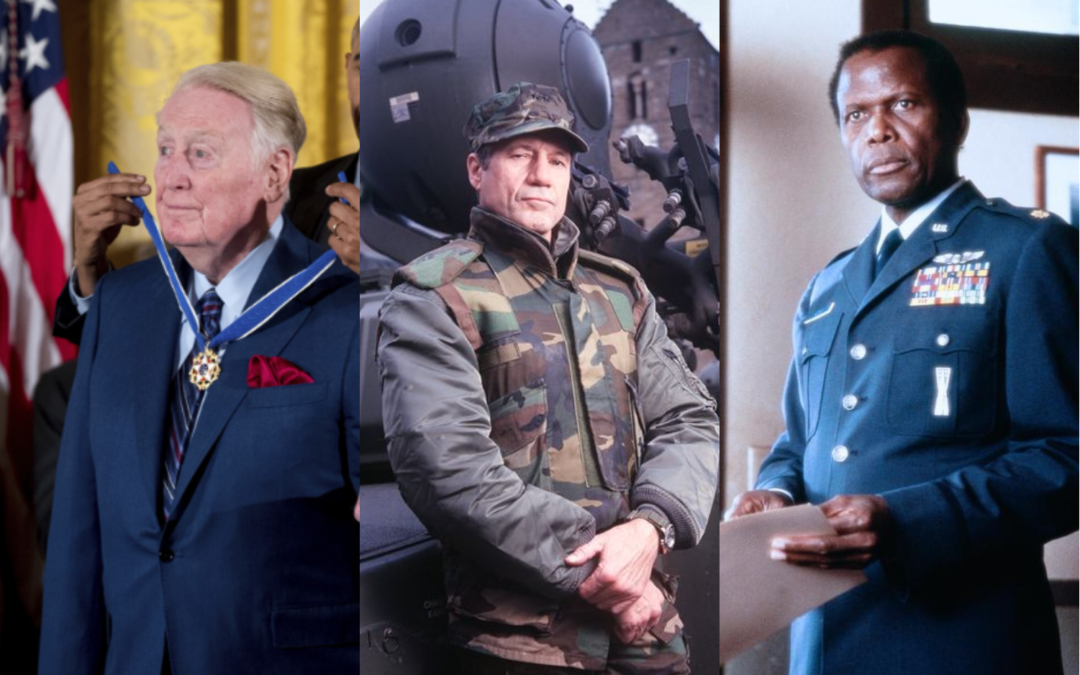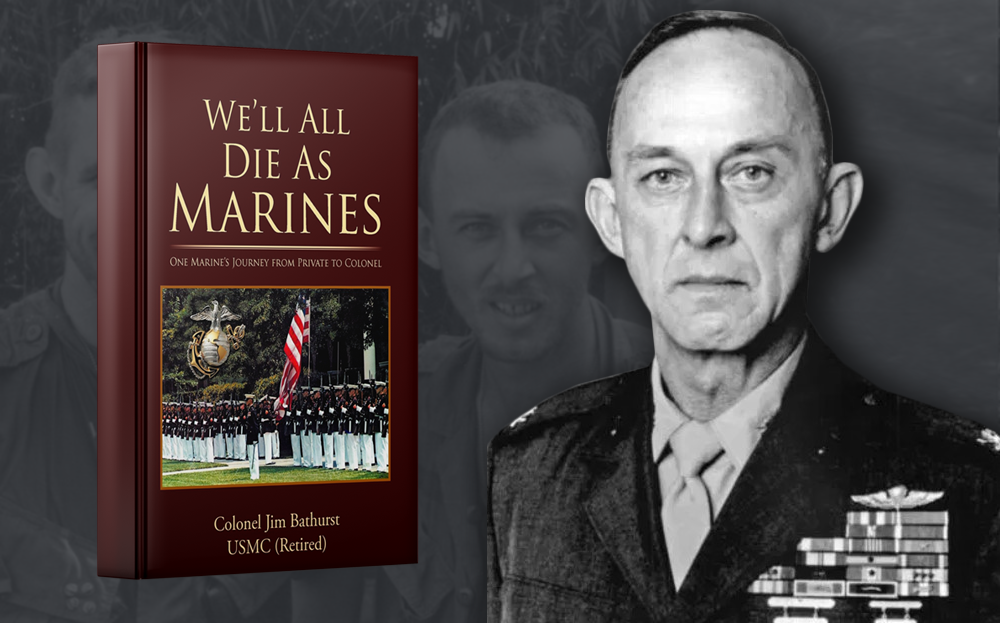Jeff Bridges is an Academy Award-winning actor, a musician, a photographer, and a philanthropist. He served in the US Coast Guard Reserves between 1967 and 1975, but he was a showbiz presence before he ever put on a uniform. The son of renowned Hollywood actor Lloyd Bridges, both his brother Beau and Jeff made appearances with their father on the TV series Sea Hunt between 1958 and 1960. Perhaps it was his father’s Coast Guard Auxiliary experience, combined with the Coast Guard role Lloyd played on the show, that influenced young Jeff’s choice to enlist as a young adult. The Beginning of Jeff Bridges’ Military Career Born in Los Angeles, California, on December 4, 1949, Jeffrey Leon Bridges would go on to become one of his generation’s best-loved actors. A child of privilege, with mother Dorothy and father Lloyd both successful actors, he grew up in the wealthy Holmby Hills neighborhood, and was on film before he was even a year old, in The Company She Keeps (1951). However, in his...











